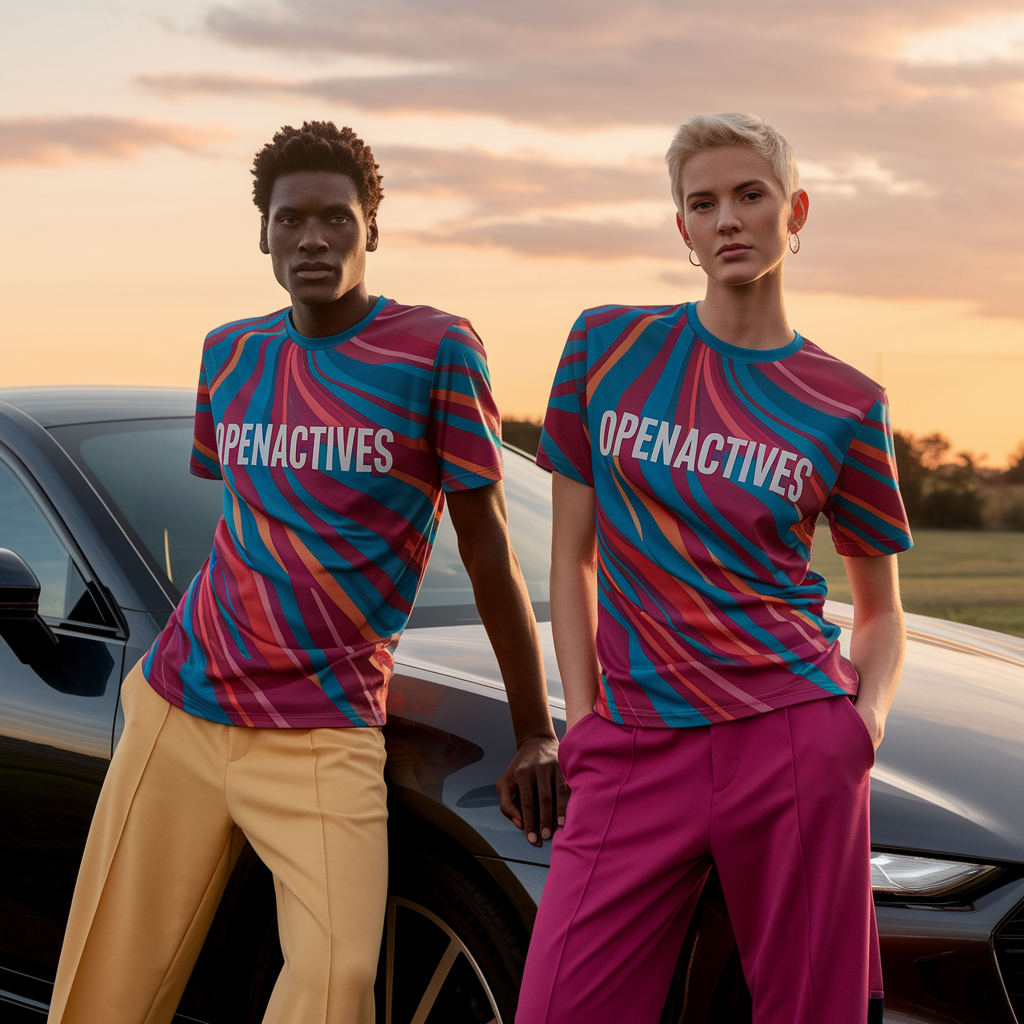
How Cultural Influences Are Shaping T-Shirt Art in 2025
The world of fashion is an ever-evolving landscape, and T-shirt art has become a powerful medium for self-expression, cultural storytelling,
The world of fashion is an ever-evolving landscape, and T-shirt art has become a powerful medium for self-expression, cultural storytelling, and social commentary. As we move into 2025, global cultural influences are playing an increasingly significant role in shaping the aesthetics and themes of T-shirt designs. From traditional motifs to contemporary movements, artists and designers are drawing inspiration from diverse sources to create compelling and meaningful wearable art.
Globalization has bridged cultural gaps, allowing artists to blend styles, techniques, and traditions from different parts of the world. With access to digital tools and social media platforms, designers can collaborate across borders, leading to the rise of fusion-inspired T-shirt designs. These shirts often incorporate elements from multiple cultures, such as Japanese ukiyo-e combined with African tribal patterns or Latin American folk art infused with Scandinavian minimalism.
This cultural exchange has led to more inclusive and diverse fashion statements. It has also introduced ethical considerations, with designers striving to respect and acknowledge the origins of the symbols and motifs they incorporate into their designs.
Streetwear continues to be a dominant force in T-shirt art, heavily influenced by cultural identity and social movements. In 2025, streetwear brands are increasingly using T-shirts to celebrate heritage and personal narratives.
For example, brands with roots in indigenous communities are showcasing traditional textile patterns and historical references in their designs. Similarly, urban designers are tapping into hip-hop, skate culture, and graffiti art to create pieces that reflect the vibrant energy of city life. These elements not only add aesthetic appeal but also empower communities by bringing their histories and struggles into the mainstream fashion industry.
Advancements in technology are enabling designers to experiment with new forms of T-shirt art. AI-driven design tools, 3D printing, and augmented reality (AR) applications have expanded the creative possibilities for artists. In 2025, it is common to see T-shirts featuring QR codes that unlock digital experiences or interactive designs that change with temperature or lighting conditions.
Moreover, blockchain and NFTs (non-fungible tokens) are redefining ownership and originality in T-shirt art. Artists can now tokenize their designs, ensuring authenticity and preventing unauthorized reproductions. This has created a new market for limited-edition, collectible T-shirt prints.
T-shirts have long been a canvas for activism, and in 2025, they continue to serve as powerful tools for spreading awareness and driving change. Social justice movements, environmental campaigns, and political statements are being translated into wearable art, making it easier for individuals to express their beliefs and support causes.
Sustainability is also a significant theme in T-shirt design, with many brands prioritizing eco-friendly materials and ethical production methods. Slogans promoting sustainability, hand-drawn illustrations of endangered species, and recycled fabric patches are just a few ways artists are using T-shirts to advocate for a greener future.
Designers are increasingly incorporating cultural symbols and traditional art forms into their T-shirt collections. Whether it’s the intricate mehndi patterns from South Asia, indigenous totems from North America, or the bold geometric prints of African textiles, these designs serve as a celebration of cultural heritage.
Incorporating traditional artistry into modern T-shirt designs helps keep these cultural expressions alive while making them accessible to a global audience. However, designers must navigate the fine line between appreciation and appropriation, ensuring that their work honors the original cultural contexts.
As T-shirt art continues to evolve in 2025, cultural influences remain at the forefront of design trends. The fusion of tradition and modernity, the integration of technology, and the rise of socially conscious fashion are shaping the way people wear and perceive T-shirts. More than just casual wear, T-shirts have become statements of identity, belief, and artistic expression. Whether celebrating heritage, advocating for change, or embracing digital innovation, the influence of culture on T-shirt art is stronger than ever.

The world of fashion is an ever-evolving landscape, and T-shirt art has become a powerful medium for self-expression, cultural storytelling,

T-shirts have always been a staple in fashion, but as technology evolves, so does clothing. The integration of smart fabrics
